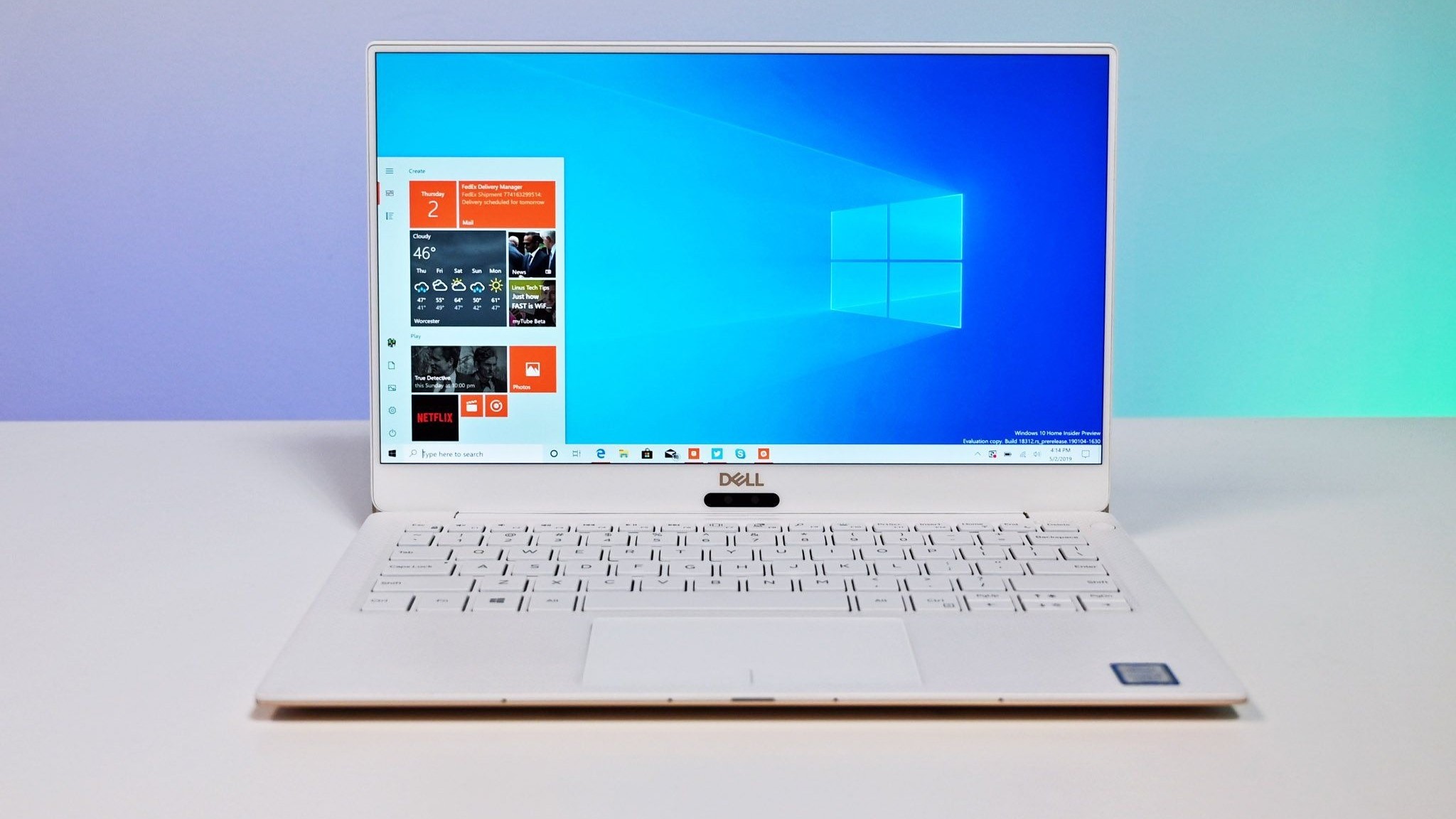
What you need to know
- Microsoft is testing a new prompt in the Windows 10 Settings app that will encourage you to connect your PC to a Microsoft account.
- Using a Microsoft account on your PC makes it easier to back up data, manage subscriptions, and retain access to your account, but some prefer to use a local account instead.
- Microsoft has made it increasingly difficult to use a local account on Windows, including it not being an official option at all for Windows 11 Home.
Microsoft really wants you to have a Microsoft account when using Windows. The tech giant has made it increasingly difficult to use a local account on Windows over the last few years and is now testing a prompt in the Settings app to encourage you to use a Microsoft account. Starting with Windows 10 Build 19045.4353, you will see a notification in the Settings app to connect Windows to your Microsoft account. The full change log of that build is listed below.
The new prompt in the Settings app is in testing among Windows Insiders in the Release Preview Channel running Windows 10 version 22H2. Microsoft outlines the new feature in a blog post:
"New! This update starts the rolls out of account-related notifications for Microsoft accounts in Settings > Home. A Microsoft account connects Windows to your Microsoft apps. The account also backs up all your data and helps you to manage your subscriptions. You can also add extra security steps to keep you from being locked out of your account. This feature displays notifications across the Start menu and Settings. You can manage your Settings notifications in Settings > Privacy & security > General."
There are benefits to connecting Windows to a Microsoft account, such as the ability to sync settings and files across devices, the option to monitor the health of a device remotely, and finding your PC if it's been lost or stolen. But some prefer the privacy and security of only using a local account.
You can turn off the notification within the Settings app by navigating to Settings > Privacy & security > General, as outlined by Microsoft.
Can you use Windows without a Microsoft account?
Microsoft removed the option to create a local account during the Windows 10 Home out of box experience in early 2022. There were still ways to create a local account while setting up Windows 10 Home that aren't very technical, but they require some know-how. Setting up Windows 11 without a Microsoft account is more difficult. It's still possible, but it requires you to use Command Prompt to disable the internet requirements. There is another way to use a local account on Windows 11, but it requires Windows 11 Pro.
Windows 10 Build 19045.4353 changes
- New! This update starts the rolls out of account-related notifications for Microsoft accounts in Settings > Home. A Microsoft account connects Windows to your Microsoft apps. The account also backs up all your data and helps you to manage your subscriptions. You can also add extra security steps to keep you from being locked out of your account. This feature displays notifications across the Start menu and Settings. You can manage your Settings notifications in Settings > Privacy & security > General.
- This update addresses an issue that affects app licensing. Because of this, Copilot in Windows (in preview) does not work as you expect.
- This update addresses an issue that occurs when your device resumes from Modern Standby. You might get the stop error, “0x9f DRIVER_POWER_STATE_FAILURE.”
- This update addresses a race condition that might stop a machine from starting up. This occurs when you set up a bootloader to start up multiple OSes.
- This update affects media allocations. It improves their memory granularity for some hardware setups. This lowers overcommitment. Also, performance is more efficient.
- This update addresses an issue that affects an accelerator backing store management path. A memory leak occurs that affects some devices.
- This update makes Country and Operator Settings Asset (COSA) profiles up to date for some mobile operators.
- This update addresses an issue that affects the container networking Address Resolution Protocol (ARP). It returns the wrong Virtual Subnet ID (VSID) for external ports.
- This update affects hypervisor-protected code integrity (HVCI). It accepts drivers that are now compatible.
- This update includes quarterly changes to the Windows Kernel Vulnerable Driver Blocklist file, DriverSiPolicy.p7b. It adds to the list of drivers that are at risk for Bring Your Own Vulnerable Driver (BYOVD) attacks.
- This update addresses an issue that affects Protected Process Light (PPL) protections. You can bypass them.
- This update addresses an issue that affects some wireless earbuds. Bluetooth connections are not stable. This occurs on devices that have firmware from April 2023 and later.
- This update addresses an issue that affects the Distributed Transaction Coordinator (DTC). A memory leak occurs when it retrieves mappings.
- This update addresses an issue that affects Windows Local Administrator Password Solution (LAPS). Its Post Authentication Actions (PAA) do not occur at the end of the grace period. Instead, they occur at restart.
- This update makes some changes to Windows Search. It is now more reliable, and it is easier to find an app after you install it. This update also gives you a personalized app search experience.







